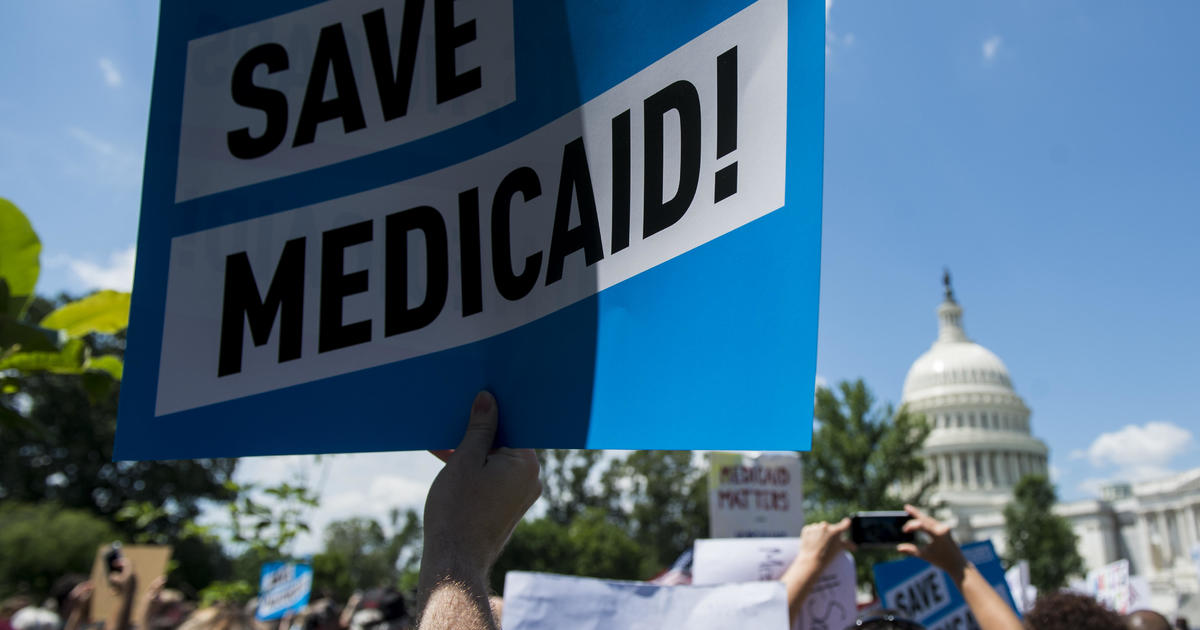You are here
U.S. Medicaid enrollment is at an all-time high. Millions may soon get kicked off.
Primary tabs
 Medicaid enrollment is at an all-time high. Millions may soon get kicked off. States are set to start checking recipients' eligibility, pushing up to 15 million out of the federal health program. CBS News
Medicaid enrollment is at an all-time high. Millions may soon get kicked off. States are set to start checking recipients' eligibility, pushing up to 15 million out of the federal health program. CBS News Medicaid coverage swelled during the COVID-19 pandemic, with almost one in four Americans now covered by the health insurance plan for low-income people. But as many as 15 million people may be at risk of losing coverage this year as a pandemic rule winds down.
Before the public health crisis, U.S. states regularly reviewed Medicaid recipients' eligibility to verify they still qualified for coverage based on requirements such as state residency and income. The latter varies by state, but is typically about 138% of the federal poverty rate. For instance, a single person in California can't earn more than $17,609 a year to qualify.
But during the pandemic, a provision in the Families First Coronavirus Response Act hit the pause button on those eligibility status checks, ensuring continuous Medicaid coverage for recipients during the pandemic. As millions lost their jobs and often their health insurance, many signed up for Medicaid coverage. That helped swell the program's rolls to a record 76.7 million recipients as of July 2021 (the most recent data available), a jump of 19% since 2019.
That pause on the eligibility status check process is set to come to an end as soon as April, which could throw as many as 15 million people off Medicaid, according to an analysis from Matthew Buettgens, senior fellow at the Urban Institute. The issue is fraught because some low-income people may lose coverage simply by falling through the cracks, such as being unaware that they must provide income verification to continue their coverage under the federal program. ...



Recent Comments